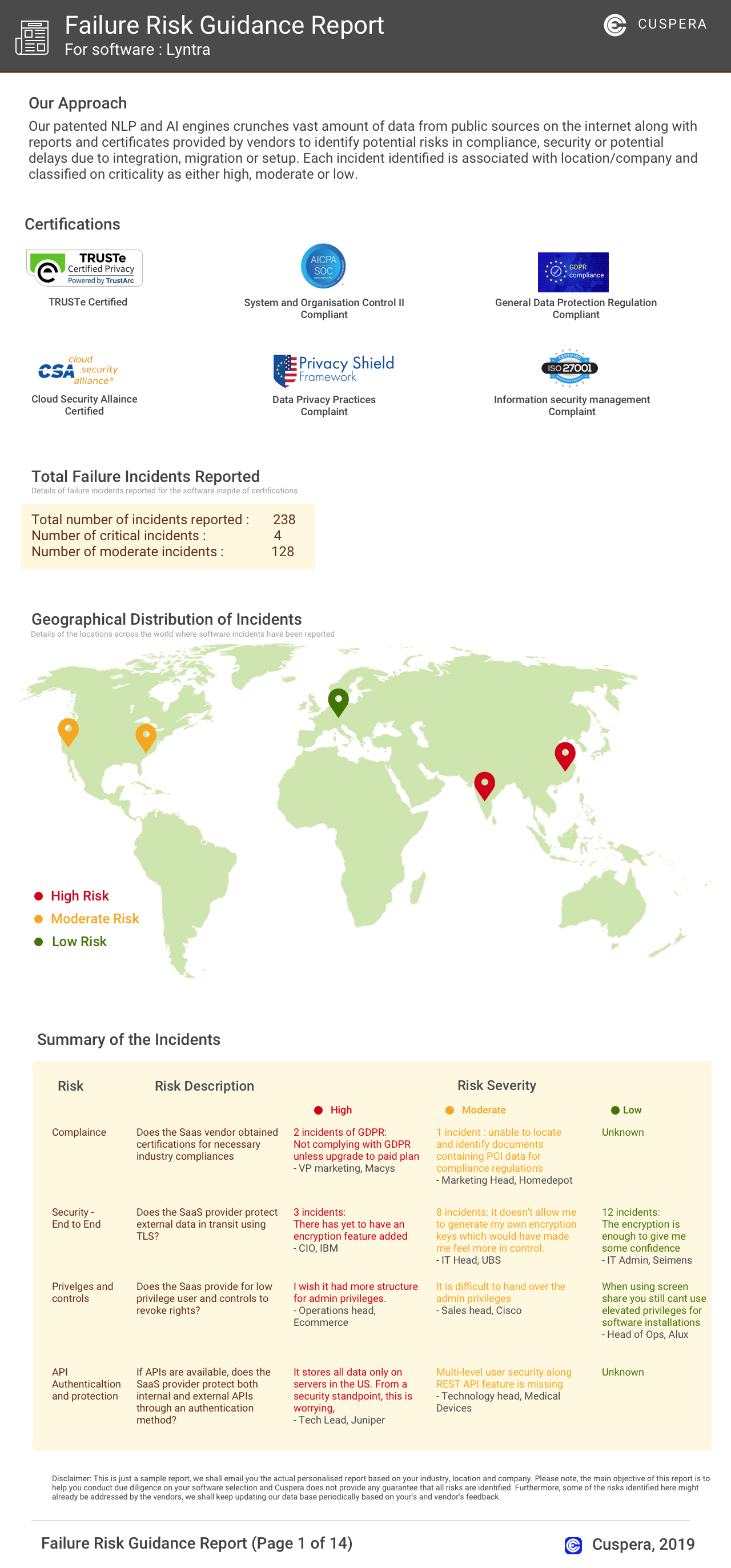Overview: WhatsApp and Sketch as Collaboration and Productivity Category solutions.
WhatsApp focuses on communication, helping businesses manage communications and drive customer engagement. Sketch targets creative collaboration, aiding design workflows and digital presence uplift. Both have strong support systems, though WhatsApp excels in integration, while Sketch shines in custom reporting. Their user bases differ; WhatsApp appeals broadly, whereas Sketch is popular among design and software sectors. Companies should choose based on communication needs versus creative workflow enhancement.
WhatsApp: WhatsApp is a free, secure, and reliable messaging and calling app for staying in touch with friends and family. It offers simple and safe communication worldwide.
Sketch: Sketch is an all-in-one platform for digital design, offering collaborative tools, prototyping, and developer handoff. Free to get started.
WhatsApp and Sketch: Best Use cases based on the customer satisfaction data
Key Capabilities Supported
WhatsApp facilitates communication management, sending communications, and advertisement. It is tailored for businesses needing efficient contact and content management. read more →
Sketch supports workflow management and collaboration, essential for teams focusing on creative projects. It provides tools for streamlined product and content management. read more →
Business Goals
WhatsApp aids in acquiring customers, enhancing relationships, and improving internal communications. It aligns with objectives like increasing sales and growing market share. read more →
Sketch focuses on scaling best practices and improving digital presence. It helps teams acquire customers and grow market share while boosting efficiency. read more →
Core Features
WhatsApp's standout features include robust integration options and comprehensive data export capabilities. Security and privacy are also key priorities. read more →
Sketch is known for custom reports and strong integration capabilities. It offers extensive analytics and training resources for onboarding users. read more →
Vendor Support
WhatsApp offers 24/7 support, with substantial chat and phone support options. Email support is available but less emphasized. read more →
Sketch provides significant training and onboarding support. 24/7 available support primarily through phone and email helps users navigate complex workflows. read more →
Segments and Industries
WhatsApp is widely used across undefined segments, with no specific industry preference. Its flexibility suits various business models. read more →
Sketch predominantly serves large enterprises in design and computer software industries. Its tools cater to creative and internet-focused sectors. read more →
Operational Alignment
WhatsApp integrates seamlessly into operational workflows focused on communication, offering ease in content sharing across channels. read more →
Sketch fits into creative workflows with its emphasis on collaboration and design management, well-suited for large-scale enterprise needs. read more →
Failure Risk Guidance?
Compliance Risk
{{{rsh_C_1}}}
{{{rsh_C_1}}}
Security & Privacy Risk
{{{rsh_C_1}}}
{{{rsh_C_1}}}
Integration Risk
{{{rsh_C_1}}}
{{{rsh_C_1}}}
Migration Risk
{{{rsh_C_1}}}
{{{rsh_C_1}}}
IT and Other Capabilities
- Low
- Medium
- High
Data
Support
Others
WhatsApp in Action: Unique Use Cases
How can WhatsApp enhance your Communication Management process?
How can WhatsApp enhance your Contact List Management process?
What solutions does WhatsApp provide for Content Management?
What makes WhatsApp ideal for Advertisement?
What benefits does WhatsApp offer for Engagement Management?
Sketch in Action: Unique Use Cases
How can Sketch optimize your Workflow Management Workflow?
How can Sketch enhance your Collaboration process?
How can Sketch optimize your Training & Onboarding Workflow?
Alternatives
News
Latest WhatsApp News
WhatsApp to level up its status updates with new feature
WhatsApp is launching a new feature allowing users to mention contacts in status updates.














